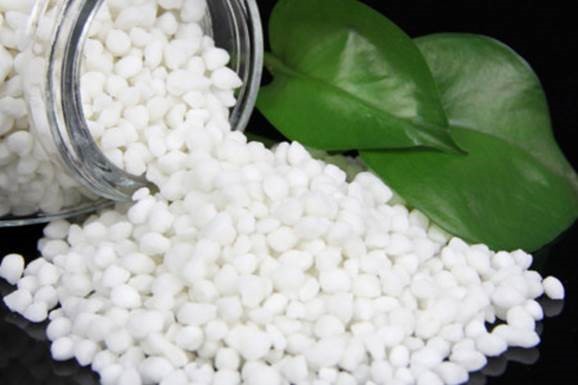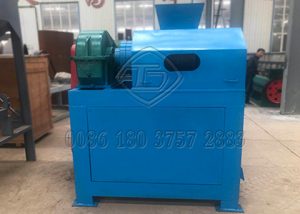Ammonium sulfate pellets are widely used in various industries, including agriculture, food, and pharmaceuticals, due to their high nitrogen content and ability to enhance plant growth. Producing these pellets on a large scale requires a well-designed and efficient production process to meet the growing demand. This article delves into the key aspects of ammonium sulfate pellets production, focusing on large-scale capacity.

Ammonium Sulfate Pellets
Raw Material Sourcing
The production of ammonium sulfate pellets begins with the procurement of high-quality raw materials. The two primary components required are ammonia gas and sulfuric acid. Ammonia gas is typically sourced from natural gas through a process called steam methane reforming, while sulfuric acid is usually a byproduct of various industrial processes, such as smelting and refining.
Reaction and Neutralization
The heart of the production process lies in the reaction between ammonia and sulfuric acid. In a controlled environment, the two chemicals undergo a neutralization reaction, resulting in the formation of ammonium sulfate. This reaction yields a solution of ammonium sulfate, which is then concentrated through a series of steps.
Concentration and Crystallization
The concentrated solution is subjected to evaporation to remove excess water, leading to the crystallization of ammonium sulfate. Crystals are formed through a carefully controlled cooling process. These initial crystals serve as the seed crystals for the subsequent stages.
Pellet Formation
To create pellets, the crystallized ammonium sulfate is further processed. The crystals are agglomerated into larger granules through a mechanical process known as pelletization. This involves tumbling the crystals in a rotating drum pelletizer while spraying them with additional ammonium sulfate solution. The particles stick together, forming pellets of uniform size.
Drying
The freshly formed pellets contain residual moisture from the pelletization process. Drying is a critical step to reduce the moisture content to the desired level, ensuring the stability and shelf life of the final product. This can be achieved using various methods, including fluidized bed dryers or rotary dryers.
Sizing and Grading
Once the pellets are dried, they are sieved and graded to achieve consistent size distribution. Rotary sieving machine ensures that the pellets meet the specifications required by various industries. Oversized or undersized pellets are separated and either recirculated or sent for reprocessing.
Quality Control
Quality control is an integral part of large-scale ammonium sulfate pellet production. Regular sampling and testing are conducted at different stages of the process to monitor parameters such as nitrogen content, moisture level, particle size, and purity. Any deviations from the desired specifications are promptly addressed to maintain product quality.
Packaging and Distribution
The final stage involves packaging the ammonium sulfate pellets for distribution. The pellets are typically packed in bags or bulk containers, ready to be shipped to agricultural or industrial customers. Proper packaging is crucial to prevent moisture absorption and maintain the integrity of the pellets during storage and transportation.
Conclusion
The production of ammonium sulfate pellets on a large scale demands a well-coordinated process that involves raw material sourcing, reaction and neutralization, crystallization, pellet formation, drying, sizing, quality control, and packaging. With an increasing demand for fertilizers and other applications, optimizing this production process is essential to ensure a consistent supply of high-quality ammonium sulfate pellets to meet the needs of various industries. If you are interested in it, you can visit https://www.fertilizerproductionproject.com/how-to-make-ammonium-sulfare-pellets-in-romania/.

